
How to Use S8-0053 Infrared CO2: Examples, Pinouts, and Specs
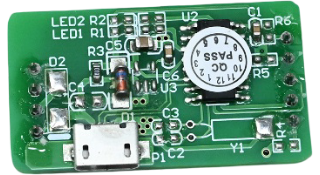
 Design with S8-0053 Infrared CO2 in Cirkit Designer
Design with S8-0053 Infrared CO2 in Cirkit DesignerIntroduction
The S8-0053 Infrared CO2 sensor is designed to measure carbon dioxide (CO2) levels in the air using advanced infrared (NDIR) technology. This sensor provides accurate and reliable readings, making it ideal for a wide range of applications, including:
- Environmental monitoring
- HVAC (Heating, Ventilation, and Air Conditioning) systems
- Indoor air quality assessment
- Greenhouse monitoring
- Industrial safety systems
Its compact design, low power consumption, and high precision make it a versatile choice for both commercial and industrial use.
Explore Projects Built with S8-0053 Infrared CO2
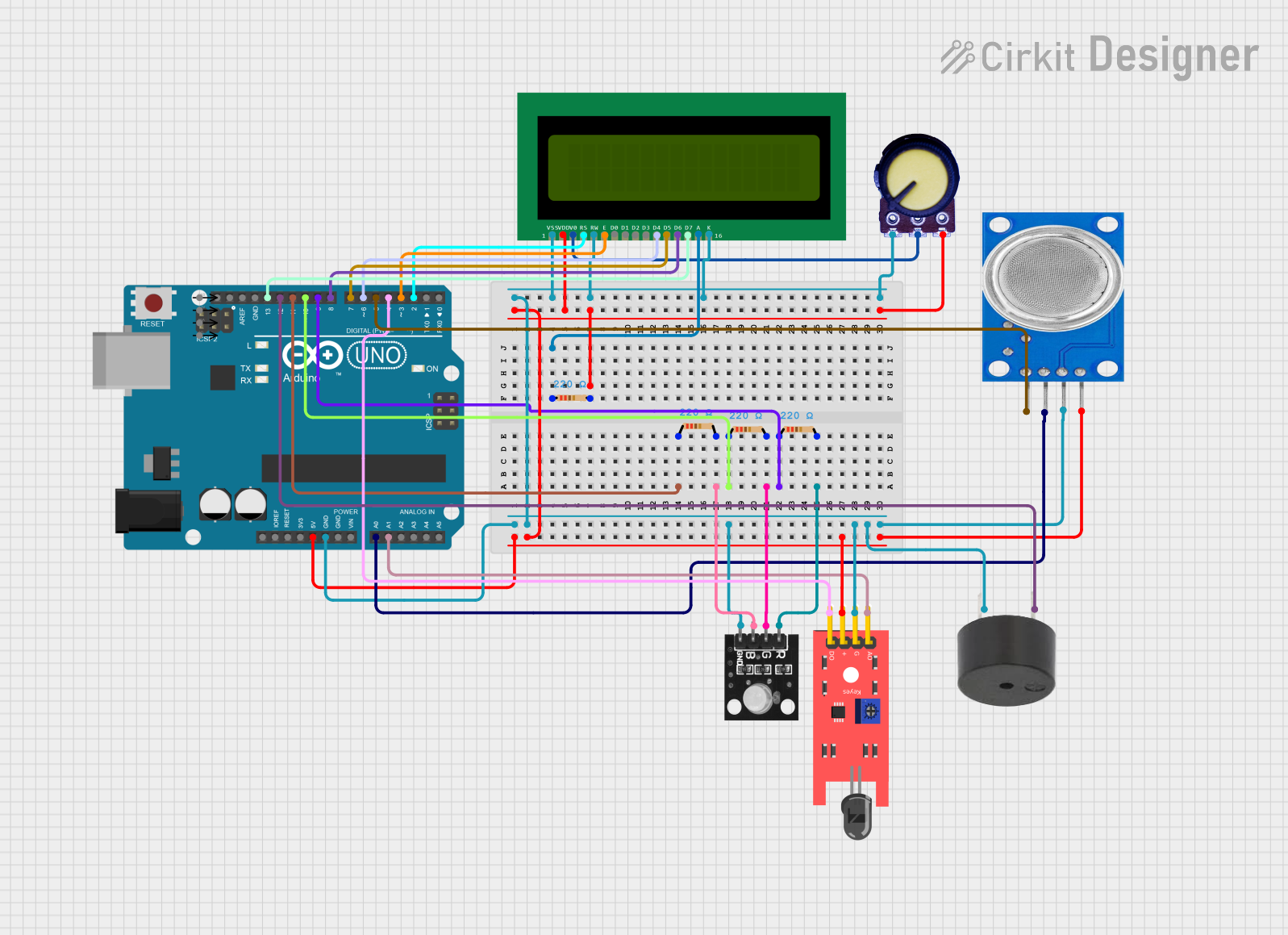
 Open Project in Cirkit Designer
Open Project in Cirkit Designer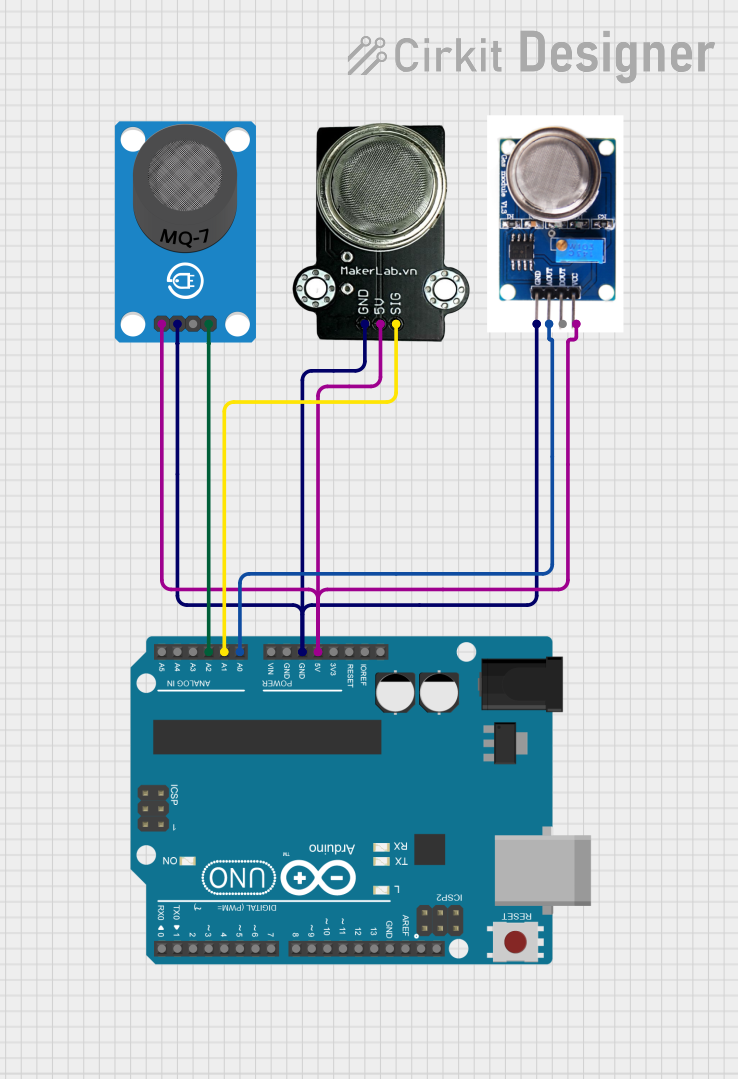
 Open Project in Cirkit Designer
Open Project in Cirkit Designer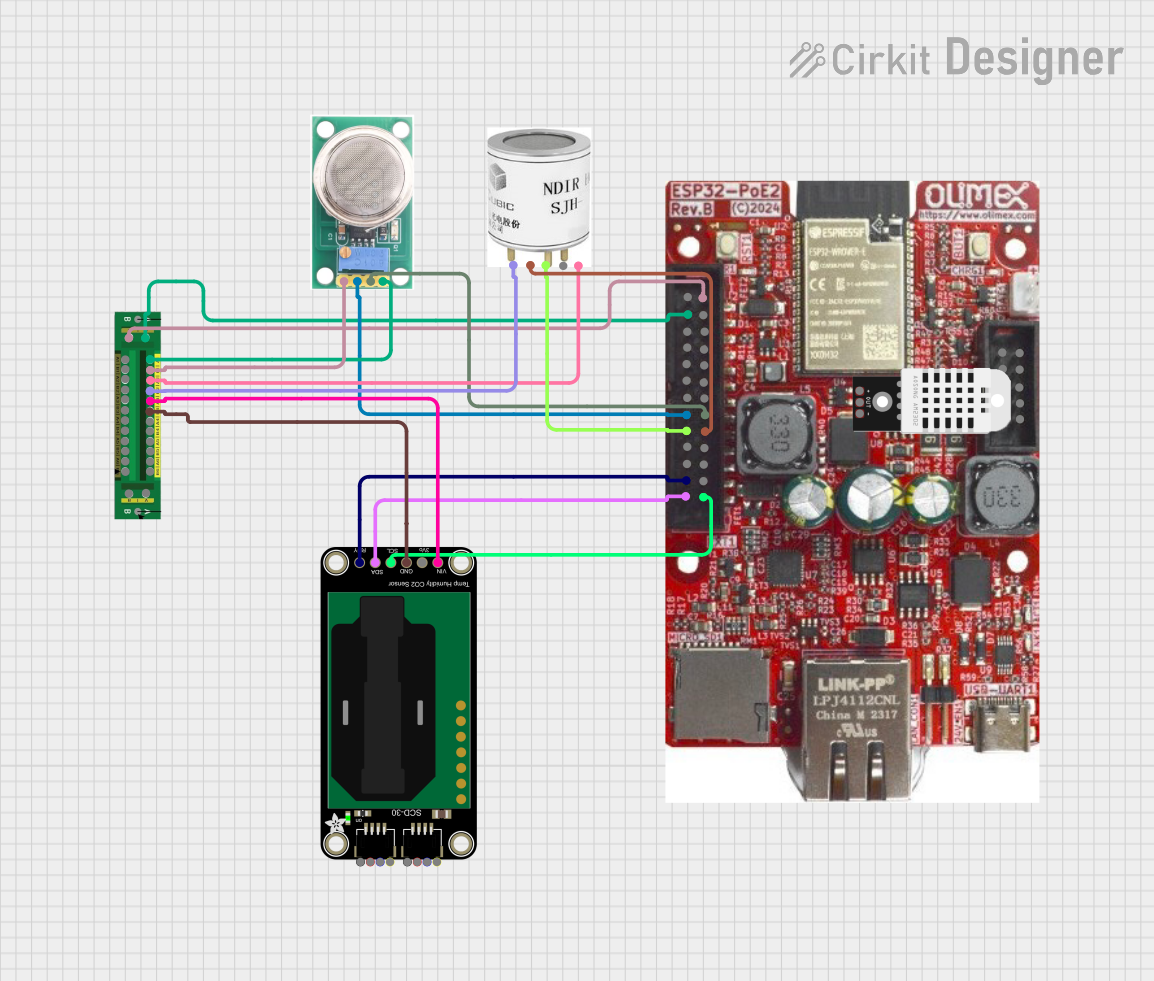
 Open Project in Cirkit Designer
Open Project in Cirkit Designer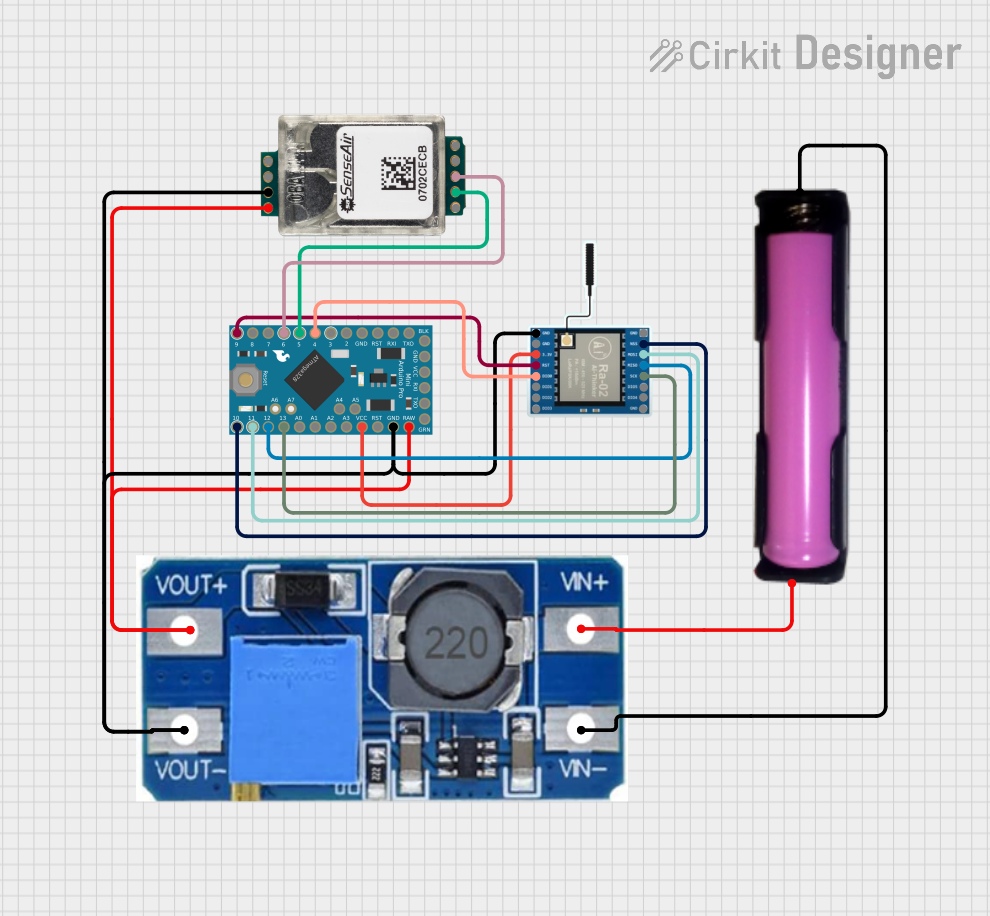
 Open Project in Cirkit Designer
Open Project in Cirkit DesignerExplore Projects Built with S8-0053 Infrared CO2

 Open Project in Cirkit Designer
Open Project in Cirkit Designer
 Open Project in Cirkit Designer
Open Project in Cirkit Designer
 Open Project in Cirkit Designer
Open Project in Cirkit Designer
 Open Project in Cirkit Designer
Open Project in Cirkit DesignerTechnical Specifications
Below are the key technical details of the S8-0053 Infrared CO2 sensor:
| Parameter | Value |
|---|---|
| Measurement Range | 0 - 2000 ppm (parts per million) |
| Accuracy | ±30 ppm ±3% of reading |
| Operating Voltage | 4.5V - 5.5V |
| Power Consumption | < 300 mW |
| Output Signal | UART (3.3V TTL) |
| Warm-Up Time | < 1 minute |
| Response Time | < 30 seconds |
| Operating Temperature | 0°C to 50°C |
| Operating Humidity | 0% - 95% RH (non-condensing) |
| Dimensions | 33 mm x 20 mm x 9 mm |
Pin Configuration and Descriptions
The S8-0053 sensor has a 4-pin interface. The pinout is as follows:
| Pin | Name | Description |
|---|---|---|
| 1 | VCC | Power supply input (4.5V - 5.5V) |
| 2 | GND | Ground connection |
| 3 | TXD | UART Transmit (3.3V TTL logic level) |
| 4 | RXD | UART Receive (3.3V TTL logic level) |
Usage Instructions
How to Use the S8-0053 in a Circuit
- Power Supply: Connect the VCC pin to a 5V power source and the GND pin to ground.
- UART Communication: Use the TXD and RXD pins to communicate with a microcontroller or computer. Ensure the UART logic level is 3.3V to avoid damaging the sensor.
- Warm-Up Time: Allow the sensor to warm up for at least 1 minute after powering it on to ensure accurate readings.
- Data Reading: The sensor outputs CO2 concentration data via UART in ppm. Use a microcontroller or serial interface to read and process the data.
Important Considerations and Best Practices
- Avoid Condensation: The sensor is designed for non-condensing environments. Prolonged exposure to high humidity may affect its performance.
- Ventilation: Ensure proper airflow around the sensor for accurate measurements.
- Calibration: The sensor is factory-calibrated, but periodic calibration may be required for long-term accuracy.
- Voltage Levels: Use a level shifter if interfacing with a 5V logic microcontroller to prevent damage to the sensor's UART pins.
Example: Connecting to an Arduino UNO
The following example demonstrates how to connect and read data from the S8-0053 sensor using an Arduino UNO.
Wiring Diagram
| S8-0053 Pin | Arduino UNO Pin |
|---|---|
| VCC | 5V |
| GND | GND |
| TXD | Pin 10 (RX) |
| RXD | Pin 11 (TX) |
Arduino Code
#include <SoftwareSerial.h>
// Define RX and TX pins for software serial communication
SoftwareSerial co2Serial(10, 11); // RX = Pin 10, TX = Pin 11
void setup() {
Serial.begin(9600); // Initialize hardware serial for debugging
co2Serial.begin(9600); // Initialize software serial for CO2 sensor
Serial.println("S8-0053 CO2 Sensor Test");
}
void loop() {
if (co2Serial.available()) {
// Read data from the CO2 sensor
String co2Data = "";
while (co2Serial.available()) {
char c = co2Serial.read();
co2Data += c;
}
// Print the received data to the serial monitor
Serial.println("CO2 Data: " + co2Data);
}
delay(1000); // Wait 1 second before reading again
}
Troubleshooting and FAQs
Common Issues and Solutions
No Data Output:
- Cause: Incorrect wiring or UART baud rate mismatch.
- Solution: Double-check the wiring and ensure the baud rate is set to 9600.
Inaccurate Readings:
- Cause: Insufficient warm-up time or poor ventilation.
- Solution: Allow the sensor to warm up for at least 1 minute and ensure proper airflow.
Sensor Not Responding:
- Cause: Voltage mismatch or damaged sensor.
- Solution: Verify the power supply voltage (4.5V - 5.5V) and check for physical damage.
FAQs
Q: Can the S8-0053 sensor measure CO2 levels above 2000 ppm?
A: No, the sensor is designed to measure CO2 concentrations within the range of 0 - 2000 ppm. For higher ranges, consider using a different sensor model.
Q: How often should the sensor be calibrated?
A: The sensor is factory-calibrated, but for long-term accuracy, calibration every 6-12 months is recommended, especially in critical applications.
Q: Can I use the sensor outdoors?
A: The sensor is not waterproof and should be used in non-condensing environments. If used outdoors, ensure it is protected from moisture and extreme conditions.
Q: Is the sensor compatible with 5V logic microcontrollers?
A: The sensor uses 3.3V UART logic. Use a level shifter when interfacing with 5V logic microcontrollers like the Arduino UNO.